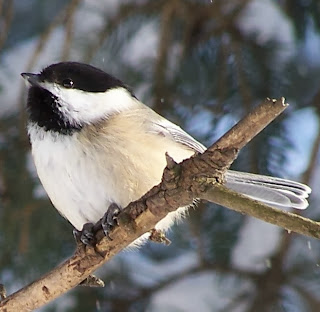NATURE NOTES
NATURE NOTES OF S.E. MINNESOTA
Sunday, December 22, 2013
Monday, December 16, 2013
Red-bellied Woodpecker. As you can see there is little or no red on its belly, and is therefore poorly named. This woodpecker is more common than it was in the past and it has adapted well to feeders. It prefers sunflower seeds and suet and is quite aggressive. It is one of the few birds that can chase a squirrel off the feeder.
PECKING ORDER
We have three species of woodpecker that commonly visit our feeders. All three are shown in this photo as they wait to get their turn at the suet feeder. On the suet is the Red-bellied woodpecker, to its right is the Downy woodpecker, and at the lower left is a similar, but larger relative, the Hairy woodpecker. All three eat both suet and sunflower seeds. The tail of a Blue Jay is also visiable in this photo. There is a definite "pecking" order to who gets to feed first. The most aggresive is the Red-billied, then the Jay, then the Hairy, and lastly the Downy. Perhaps this is where the phrase "pecking order" came from.
The male Cardinals are a brilliant red. They seem to eat only the sunflower seeds and prefer to eat them off the ground. The worse the winter weather the more they come to the feeder. They are shy and prefer to come very early in the morning and at dusk. We currently have a group of about a dozen visiting. Our record at one time has been over 50 Cardinals after a huge snowstorm.
Tuesday, December 3, 2013
About 20 ft outside our kitchen window we have an old rotten stump that we have built a small platform sunflower feeder on. Several times a year the very large Pileated woodpecker will vist this stump to peck grubs and worms out of the rotten wood. It seldom eats the seeds but will peck away at the stump. It stopped by the other day to have a snack and gave us an great show.
The disagreement then moved to a maple tree just beyond the feeder. The Piliated tries to make itself look larger by spreading its wings. This is about as close as they ever got to each other. The battle went from the tree to the feeder stump several times before the Pine squirrel moved on with out harm to either one.




















